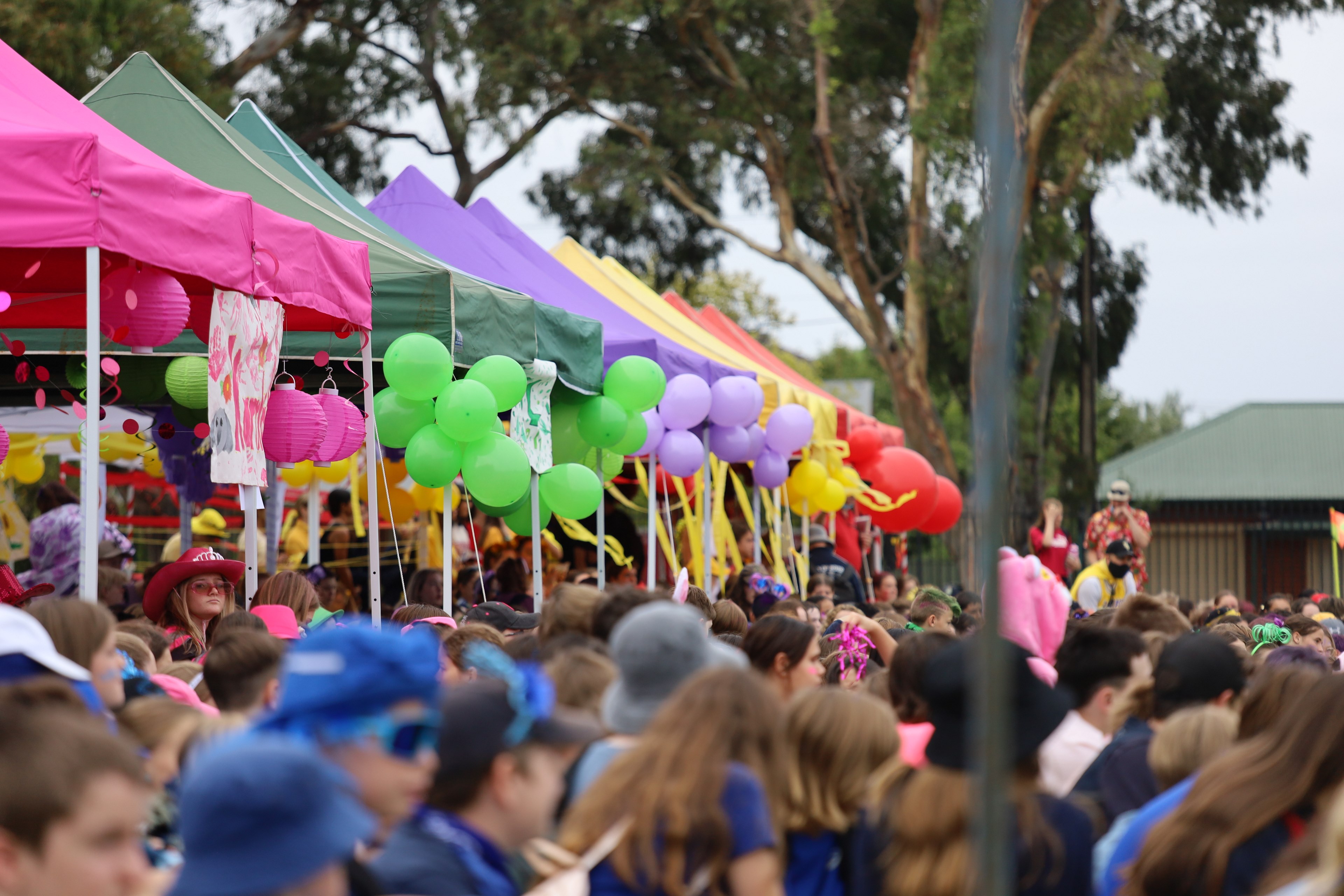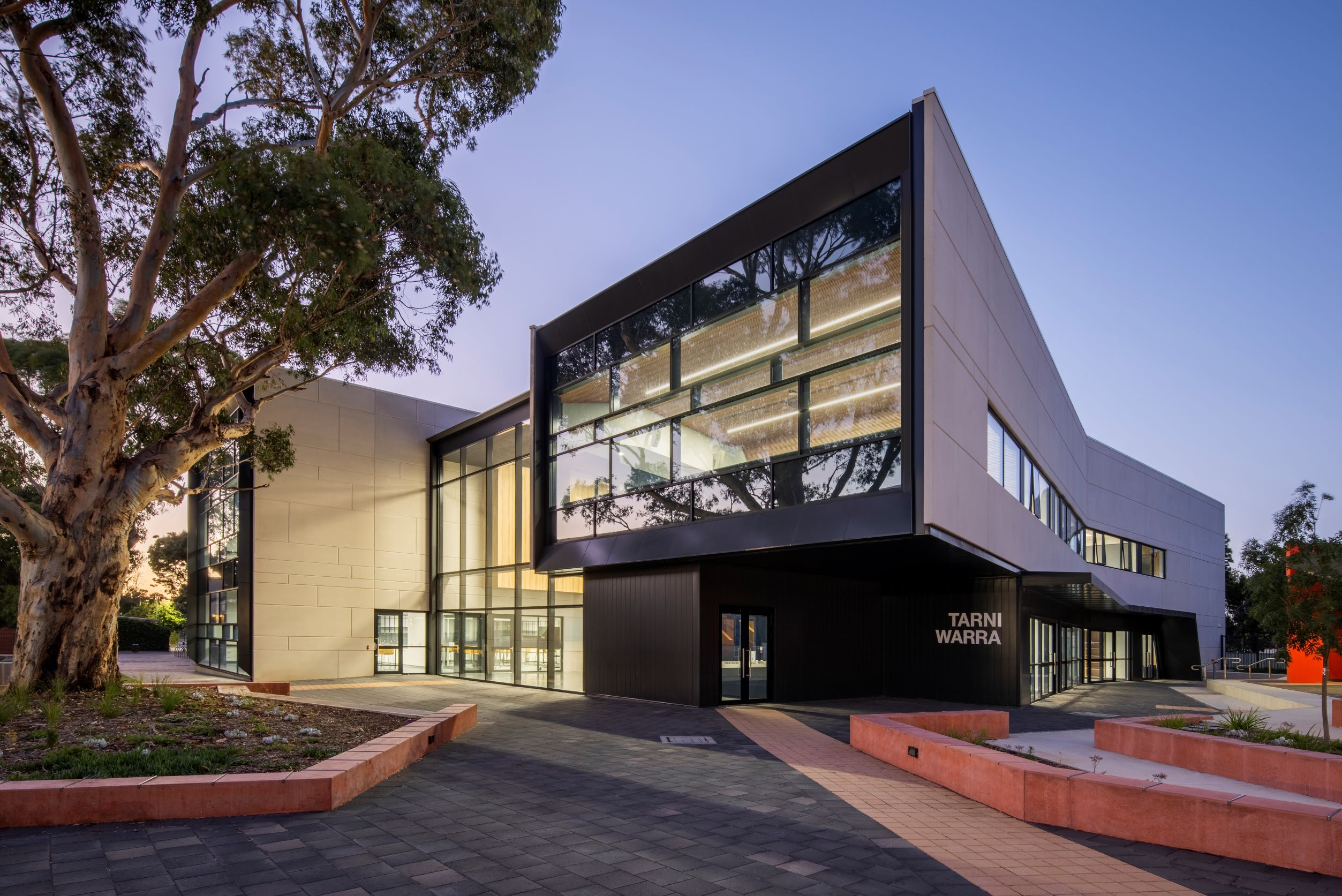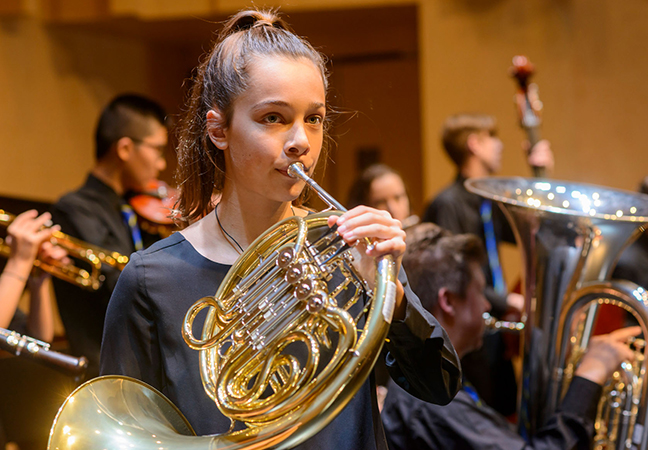Pastoral Care
This School is funded by the Australian Government Department of Education, Employment and Workplace Relations (DEEWR) through the National School Chaplaincy and Student Welfare Program (NSCSWP) for a school chaplaincy service by employing a Pastoral Care Worker(s) (PCW).
- The aim of the chaplaincy service is to offer pastoral support to students, staff and the school community.
- The Pastoral Care Worker has three main roles:
- A Pastoral Role
The Pastoral Care Worker will:- participate in a wide range of school community activities, and support staff, to contribute to creating a caring and inclusive learning environment within the school.
- on request, provide initial support or information to students, staff and other school community members.
- with written, informed parental consent, provide on-going personal assistance to individual students, subject to duty of care, consent, confidentiality and disclosure requirements and the Code of Conduct.
- offer support or information with regard to critical situations, grief, family breakdown.
- be available to provide ongoing support to individuals and/or families.
- provide additional opportunities for families to feel supported.
- A Referral Role
The Pastoral Care Worker will:- provide factual and impartial information about, network with, and be a link to, the support and services provided through community groups, including church groups, local council and government agencies.
- consult and liaise with student counsellors and other staff about student safety, wellbeing or learning while maintaining appropriate confidentiality, and referring students to other staff as required.
- be a mandated notifier, and thus be required to report any suspected abuse or neglect to Families S.A.
- A Resource Role
The Pastoral Care Worker will:- provide a reference point for addressing social, religious or spiritual issues.
- provide access to resources from the broader community which are relevant to school programs.
- be available to give input into health and social education courses (e.g. in the areas of grief, self esteem, values or relationships).
- be available to give assistance with camps and excursions, and, where appropriate, initiate activities such as voluntary clubs or groups in the school.
- support groups such as the Student Representative Council and the Peer Support Program
- if required, assist the principal to liaise with the local church community and the school for the provision of optional ‘Religious Education Seminars’ in school time
- A Pastoral Role
- The chaplaincy service offered by the PCW Worker(s) is accessed by school community members on a voluntary basis.
- The PCW Worker is line managed by a school leader, and complements, enhances and collaborates with the school well-being team, counsellors, other school support staff, etc.
- Either: The PCW Worker(s) are funded by the NSCSWP
Or: one PCW Worker is funded by the NSCSWP, and another PCW Worker is funded by community funding (if multiple). - In general circumstances, the PCW Worker is free to engage with members of the school community. However, in every case where, as part of their role, a PCW Worker is asked to work in an ongoing way with an individual or group of students, informed, written parental/care giver consent must be first obtained. Parents may also request to the School Principal for their child to be excluded from any service provided by the PCW Worker.
- Students are able to access the PCW Worker through Student Services.
- A Grievance Procedure for any formal complaint is available from the School Principal.
- The School Governing Council was consulted with about the NSCSWP and made the decision to proceed with an application for NSCSWP funding for a chaplaincy service. Please refer to Governing Council minutes for further details.
- Disclaimer
The views expressed herein do not necessarily represent the views of the Australian Government Department of Education, Employment and Workplace Relations. - Acknowledgment
This project was funded by the Australian Government Department of Education, Employment and Workplace Relations.











